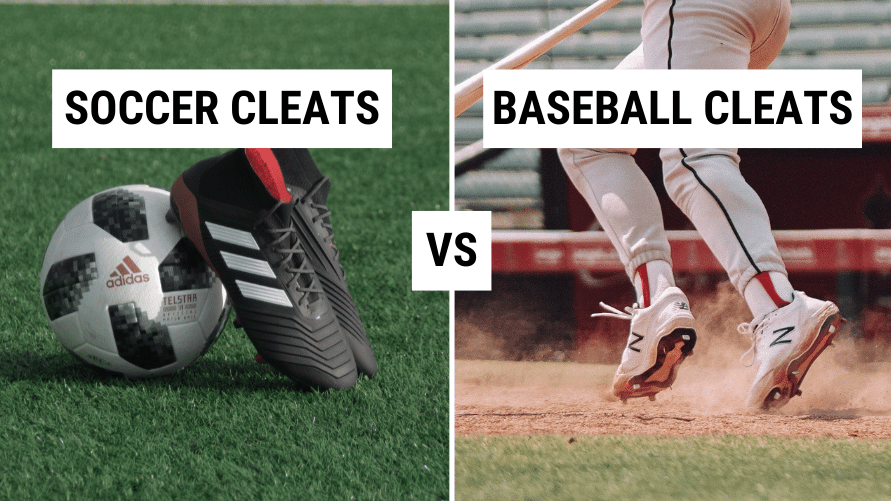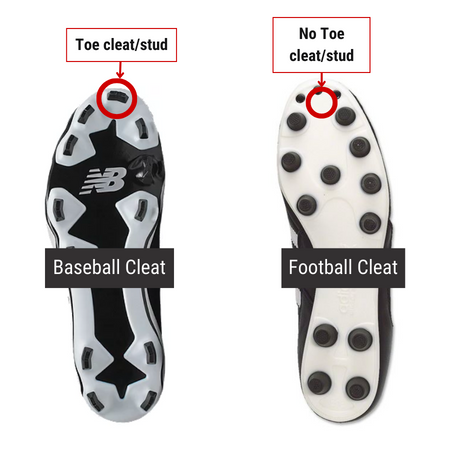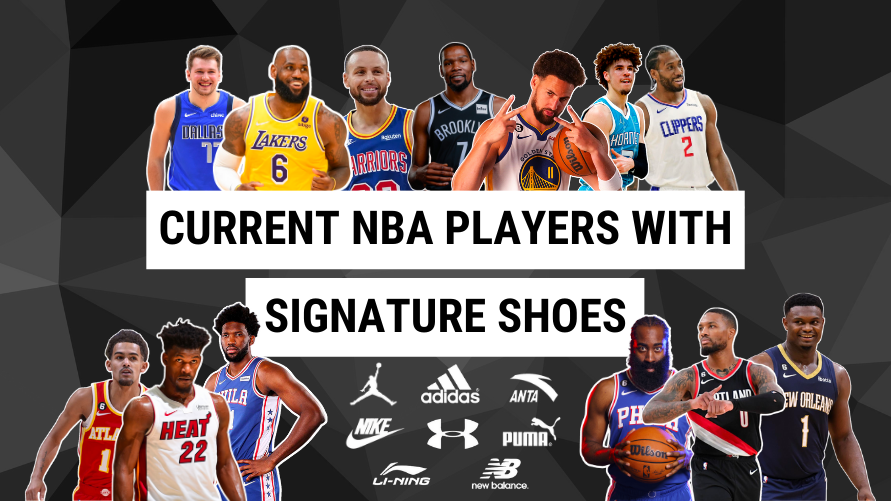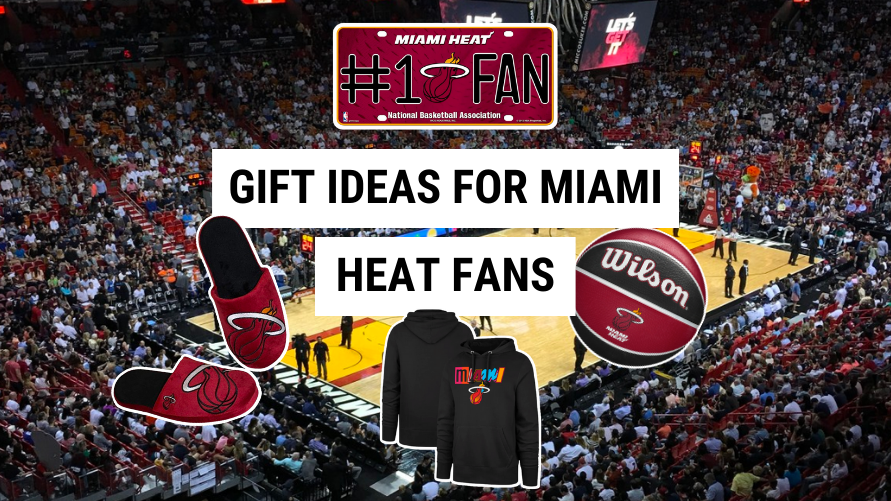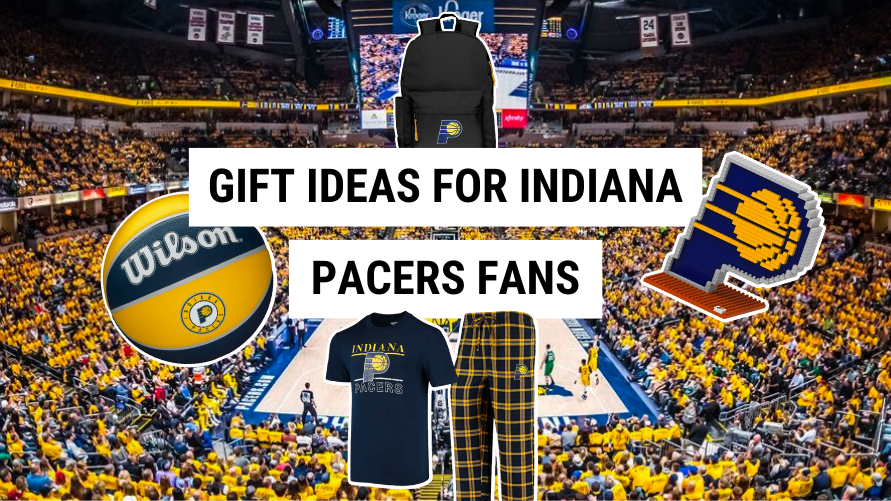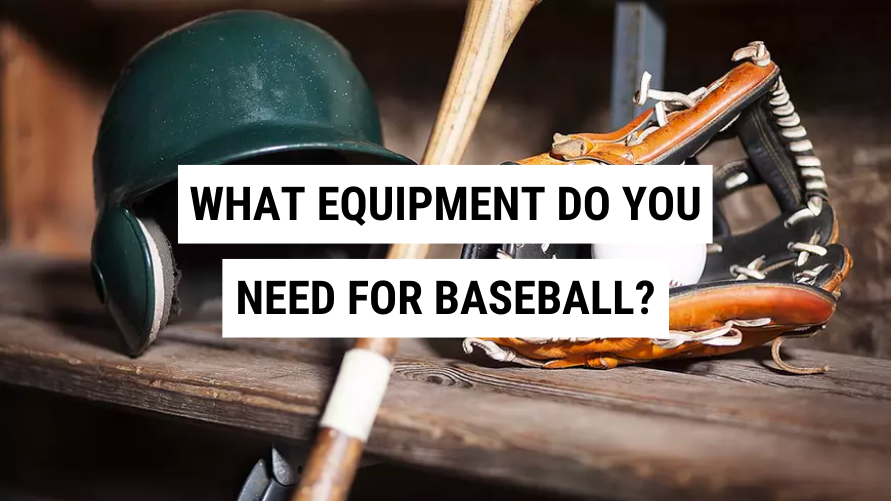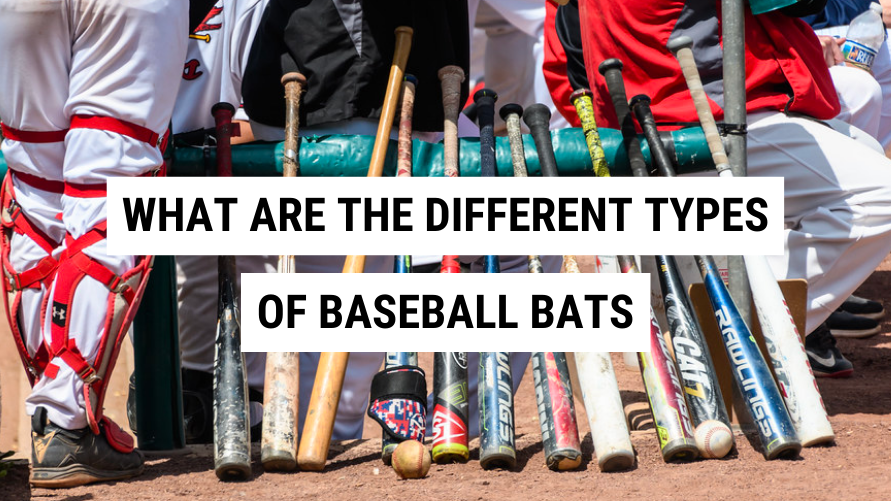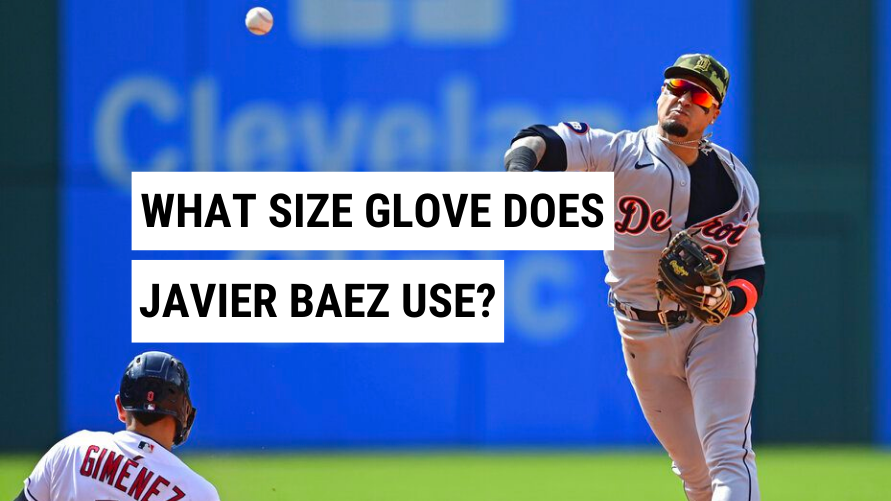It feels like a cleat should just be a cleat. That, however, is far from the case in the modern world and sport-specific cleats will give your or your child a distinct advantage either on the diamond or on the pitch.
When it comes to the battle of soccer cleats vs baseball cleats it is important to note that there are big differences between the two. Soccer cleats and baseball cleats are simply not the same animals. In the same way that you wouldn’t use a fork for the job of a knife, you shouldn’t use a baseball cleat for the purpose of soccer (and vice versa).
So where are the main differences between baseball cleats and soccer cleats? Why should you not wear one set of cleats for both sports to save money?
The answer will be discussed more below, but cleats vary in design, construction, materials, and even how they function. Also, the shape of the cleats on a baseball cleat would be TERRIFYING on a soccer pitch. The spikes would be an injury waiting to happen in a sport where there is so much contact at ground level!
Types of Baseball Cleats
As with most things in life, there are plenty of choices when it comes to the type of baseball cleat you can buy. This choice can be overwhelming (especially for those new to the sport) so here are a few things to look out for.
Baseball Cleats Shoe Height
- Low-Tops – Low-tops are the lighter of the two baseball shoe options. They finish under the ankle bone and offer little to no ankle support. Many players are willing to trade off a little ankle stability for a lighter cleat to allow for more dynamic movement around the diamond.
- Mid/High-Tops – These are the traditional baseball shoes that look like football cleats. They offer much more ankle support and are more stable and more secure than the low-top in this area. That stability does come at a cost, they are much heavier and will result in a lack of speed in the outfield or around the bases.
Baseball Cleat Type
- Molded – The go-to starter cleat is usually a molded option of some type. Molded cleats often have more studs in their layout, providing great grip on all types of playing surfaces. This also lessens the pressure on the foot (compared to metal studs in particular) and that comfort makes molded cleats ideal for youth players. The biggest issue is that as these rubber studs cannot be replaced they will eventually wear down.
- Metal – These are the best cleats overall as they give all the grip you could want to glide over the ground. That does come with a caveat, however, as the safety concerns over slides and collisions often mean that metal cleats are banned up until the high school level.
- TPU/MCS – These cleats are very similar to molded but their spikes are made out of durable plastic instead of rubber. This results in cleats that are long-lasting and comfortable. They even have the benefit of being more lightweight than other cleat styles.
- Turf – Turf cleats are a great choice for practice, but they have their place in games too. These are the most comfortable option as their base is just slightly raider rubber as opposed to the more aggressive length of true cleats. If your game is on an older turf field then these cleats will grip as well as anything on the market.
Materials Baseball Cleats Use
This is all going to be down to personal preference and what feels comfortable. Every company will have a different fit (narrow/wide/tight/etc) and offer a mixture of leather and synthetics at different price points. Keep in mind that different regions of the country have different needs in cleat materials. If you play games in rainy weather then go for a synthetic that is as waterproof as possible as there is nothing worse than playing sports with wet feet.
Types of Soccer Cleats
It probably comes as no surprise at this point that there are plenty of types of soccer cleats too. One immediate difference is that soccer cleats only come as a low-top option because of how important ankle flexibility is in a soccer game. Here is a look at some of the options that will make a difference when you are in front of goal.
Soccer Cleats Types
- Firm Ground (FG) – These are usually molded cleats and are the most common type of cleat in the game today as they are usable in most conditions. Each company will have its own design incorporating both studs and blades in a pattern on the bottom of the shoe for maximum traction and control. As the base cleats are either molded hard plastic or rubber, wear and tear can be an issue.
- Soft Ground (SG) – The traditional type of cleat in Europe, soft ground cleats feature studs that can be screwed on and off for easy replacement. These are usually either fully plastic or plastic with a metal tip. The studs come in different lengths for all conditions and they are best used on damp, soggy, or well-watered fields. They are not ideal for harder ground and often cannot be worn on turf at the request of a host facility.
- Turf or Indoor – These are similar (but not identical) styles of cleat. Turf cleats have raised rubber nubs that work ideally as training shoes as they are so comfortable (unless you train on wet ground). They can also be used as a backup pair for extra hard ground on game day. Indoors have even less grip and are mainly used for futsal or in a gym. These are basically sneakers with the profile of a soccer cleat upper.
Materials Soccer Cleats Use
- Leather – The traditional material of a soccer cleat. Leather offers the best fit and feel but can be expensive. Variants like kangaroo and ever shark leather have been used to increase softness and comfort. Leather cleats need to be water treated to be used on wet fields and durability is a real concern for the price you will pay for high quality. These cleats have to be taken care of with immediate cleaning after games and using leather creams and products to keep them in their best condition.
- Synthetic – Synthetics have reached the point that they are better than leather for most players. They are much easier to dry and take care of, though they cannot duplicate the touch and feel on the ball of a 100% leather upper. They also will not last as long as well-cared-for leather, but you can often buy two or three pairs of these for the same amount of money as a high-end leather cleat.
- Premium Synthetic – These bridge the gap between cleats and often mix leather and synthetics for a hybrid cleat. Designed to be as light as possible, microfibers and fabrics are just two of the materials used to create the type of cleat that professionals wear. These are almost always water-repellent, but top-of-the-line premium synthetic models can be very, very expensive.
The Major Differences Between Soccer Cleats vs Baseball Cleats
Cleat Length and an Extra Toe Spike
As mentioned in the intro, soccer and baseball cleats are very different. The first major difference is that soccer cleats never have a toe spike. This may be a feature that increases acceleration on the diamond, but it would be lethal in a bad way during a soccer game. A player with a toe spike mistiming a tackle could easily result in injuries to an opponent ranging from a serious gash to a broken leg.
In general, soccer cleats are shorter. This allows a player to keep their balance better and allows for increased agility in small spaces. The likes of Leo Messi and Mo Salah would be much less effective with long, heavy spikes to slow them down.
Weight and Cut of the Shoe
Soccer shoes are considerably lighter than baseball shoes. They are made of flexible leather that will form to your foot. This leather is durable and also designed to give you the maximum feel for the ball by being as thin as possible. A good-fitting pair of soccer shoes will allow you to feel every touch of the ball when dribbling or making a pass. They can also be laceless, a newer trend that allows for a more secure fit around the foot.
Baseball shoes can be lower cut like soccer shoes, but they are much heavier. This is even more obvious with mid and high-top cleats. This makes them more stable and gives better protection if a line drive down the third-base line blasts the fielder on the foot. Less running, and (specifically) fewer rapid changes in direction, means these shoes can be designed in this way.
Popular Baseball & Soccer Cleat Models
Popular Baseball Cleats
- New Balance L3000V5 Metal – Low cut with a collar for extra stability, this cleat enhances movement without sacrificing stability.
- Nike Men’s Vapor Ultafly 3 Keystone Molded – Redesigned with a 12 cleat sole that makes quick moves easier than ever.
- Under Armour Men’s Harper 5 Low – Lightweight and breathable, the laces on these cleats lock the foot down for enhanced torque at the plate.
Popular Soccer Cleats
- Adidas Copa Mundial – A durable classic made with kangaroo leather that fits to the foot and is one of the more supportive cleats on the market.
- Nike Phantom VIsion 2 – Laceless upper makes these perfect for a knuckleball as the ball flies off of your foot with no spin.
- Adidas Predator – The cleat that changed the game decades ago still has a huge presence. A supportive fit and an upper with ControlSkin technology makes dribbling a breeze.
FAQs
Can I wear soccer cleats in a baseball game?
Yes, but for the reasons outlined above, like traction and safety, it is not recommended.
Can I wear baseball cleats in a soccer game?
No. The issue of safety with the size and shape of baseball cleats means they are not allowed in soccer games. This is why a referee should always perform a cleat check before a soccer game.
How can you tell soccer cleats from baseball cleats?
The toe-cleat on a baseball cleat is the obvious giveaway. Baseball cleats also have longer and sharper spikes and can be mid or high-top. Soccer cleats are always low cut.
Do I need to spend $100+ on cleats?
No. Buy based on your level of play and find a brand/model that works within your budget.

